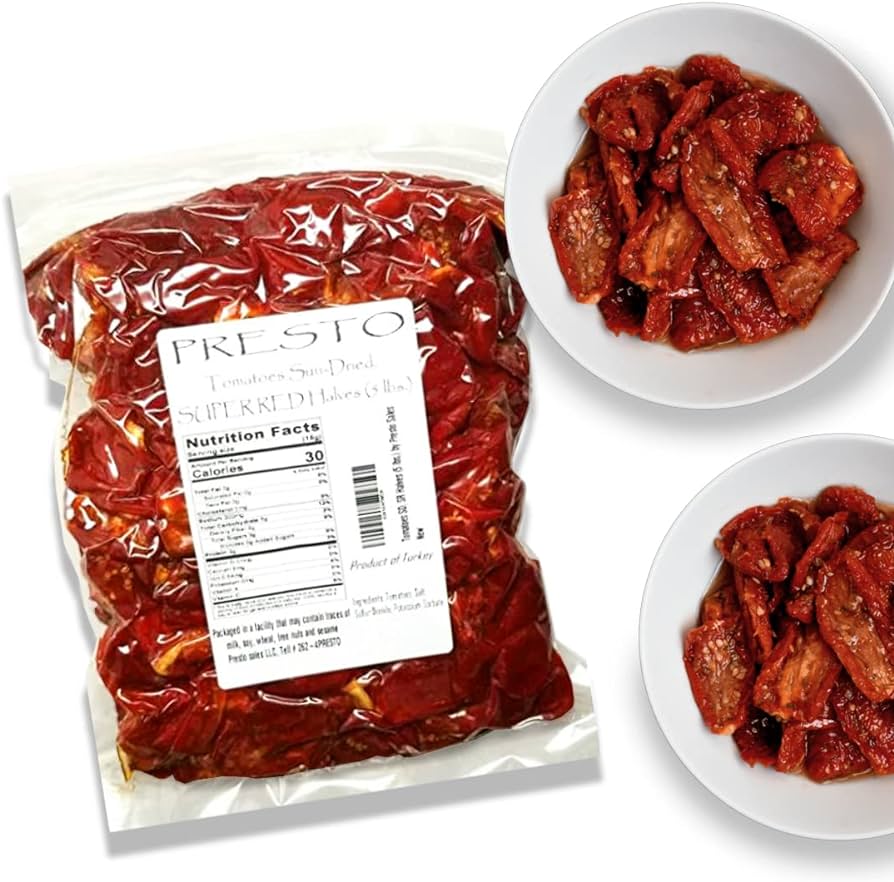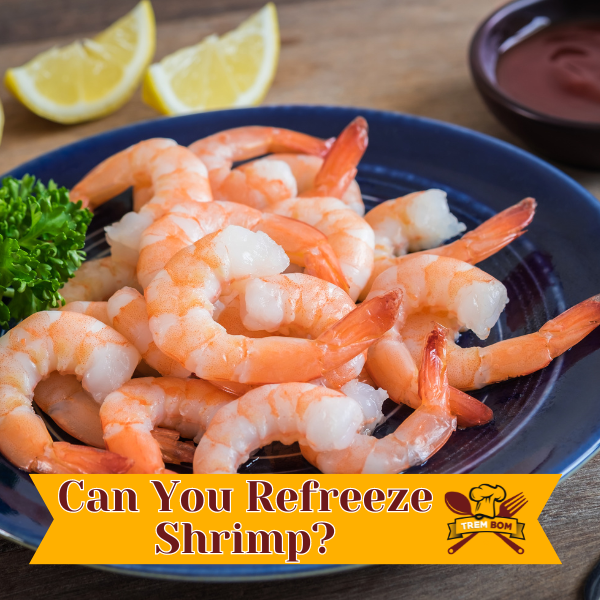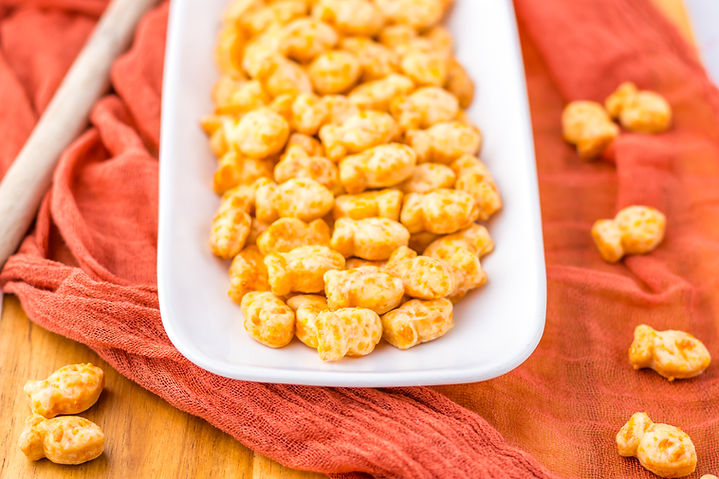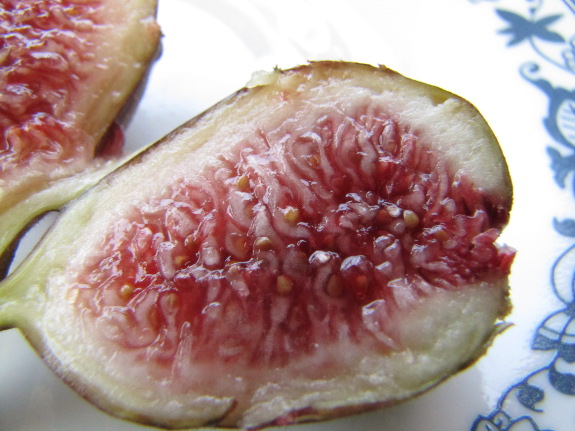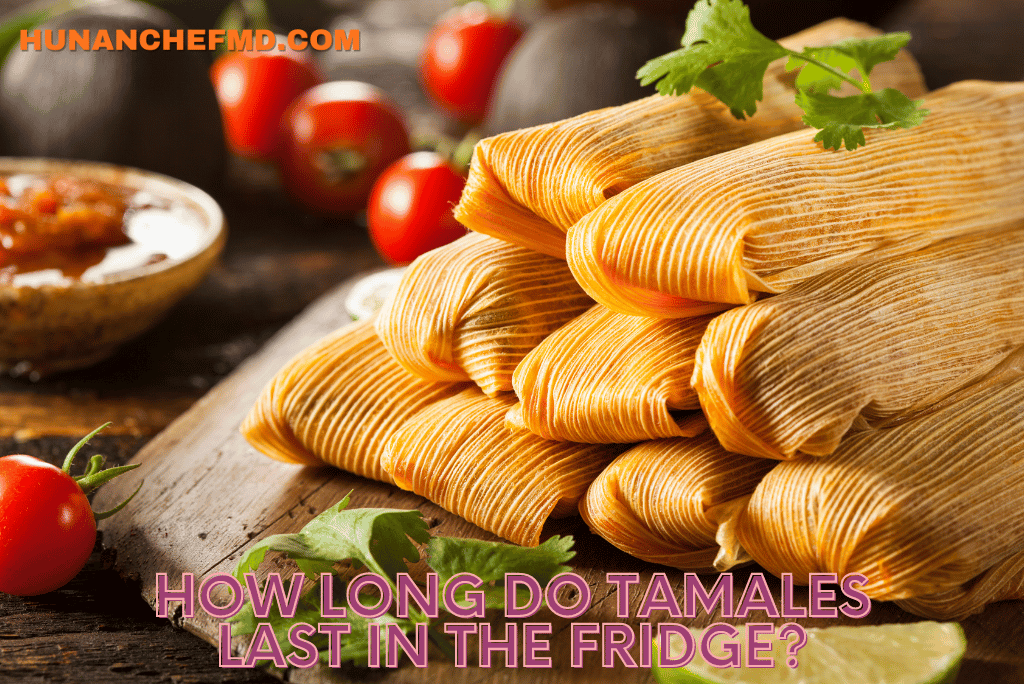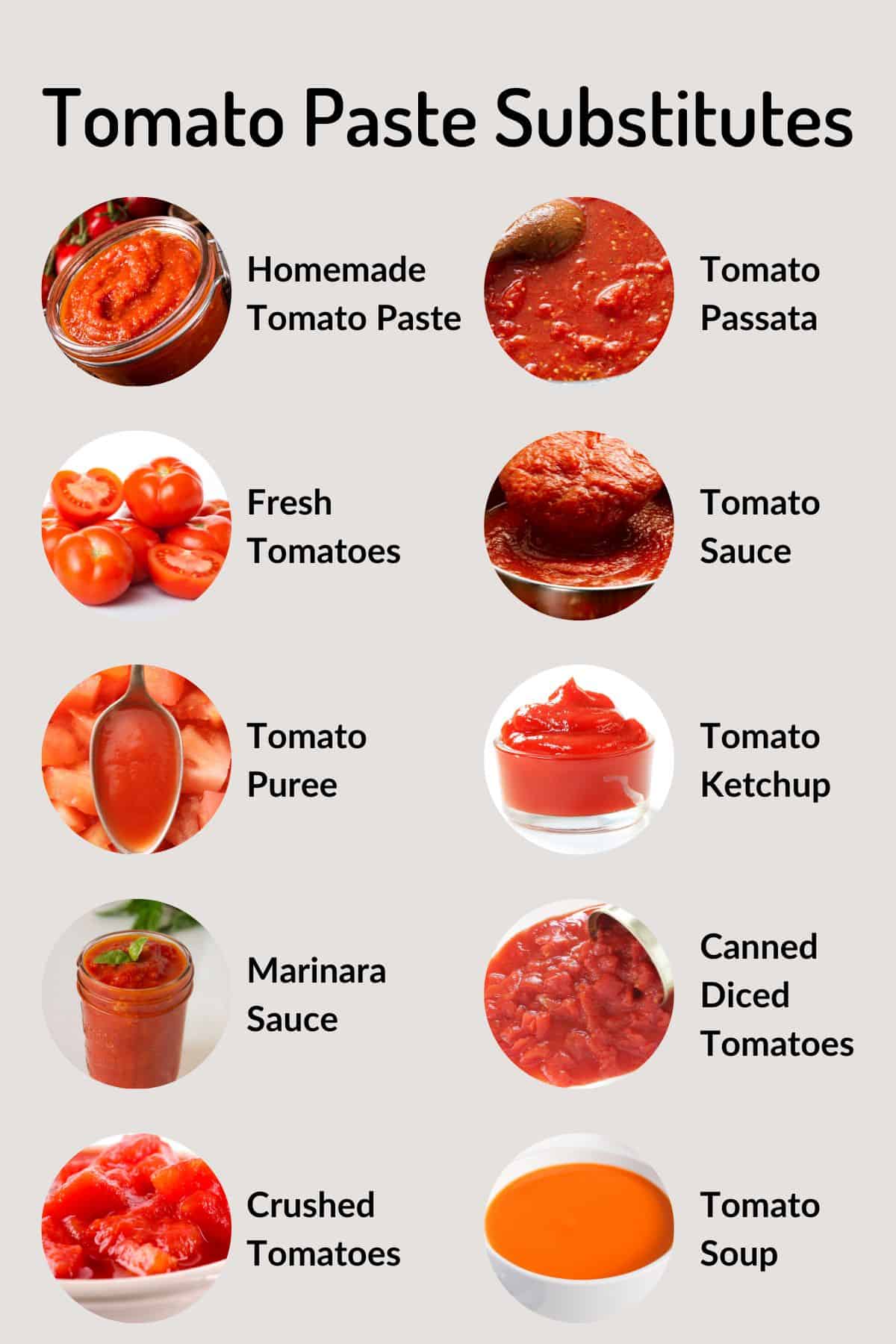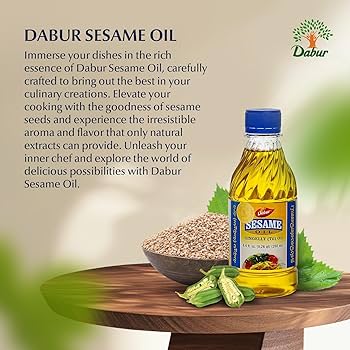SunDried Tomato Substitute: Explore Delicious Alternatives for Culinary Innovations
– Semi-dried tomatoes are a good substitute for sun-dried tomatoes as they have a softer, sweeter taste.
– Canned tomatoes can be used in sauces as a substitute, but may need to be reduced or thickened.
– Tomato paste is packed with flavor and umami but lacks texture.
– Tomato puree is milder and more watery than tomato paste and can be used for extra tomato taste and texture.
– Fresh tomatoes are a good option for salads and sandwiches, providing crunch and freshness.
– Tamarind paste can be used as a substitution for sun-dried tomatoes in Asian cuisine.
– Roasted bell peppers can be used as a substitute for sun-dried tomatoes in antipasto.
– Homemade sun-dried tomatoes can be made by baking halved cherry or Roma tomatoes for 20-30 minutes at 275F.
– Tomato powder can be used as a substitute when texture or water is not needed in a recipe.
– Sun-dried tomatoes can usually be found in the canned goods or produce aisles of supermarkets.
– The price of sun-dried tomatoes is higher due to the extra steps involved in production, such as careful drying and canning with olive oil and spices.
– The number of sun-dried tomatoes in a cup can vary depending on their size, but a mix of 25-35 small and medium ones is a good estimate.
– Dried sun-dried tomatoes are tougher on the outside but chewier on the inside, while oil-packed ones can be pre-seasoned.
– Sun-dried tomatoes were first created in southern Italy to extend the shelf life of their crops, resulting in an intensified flavor.
